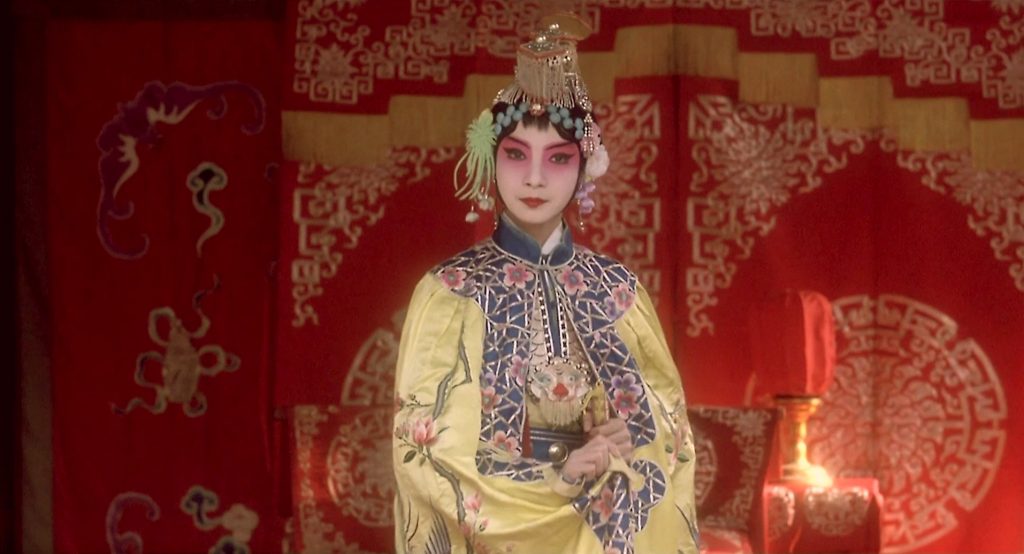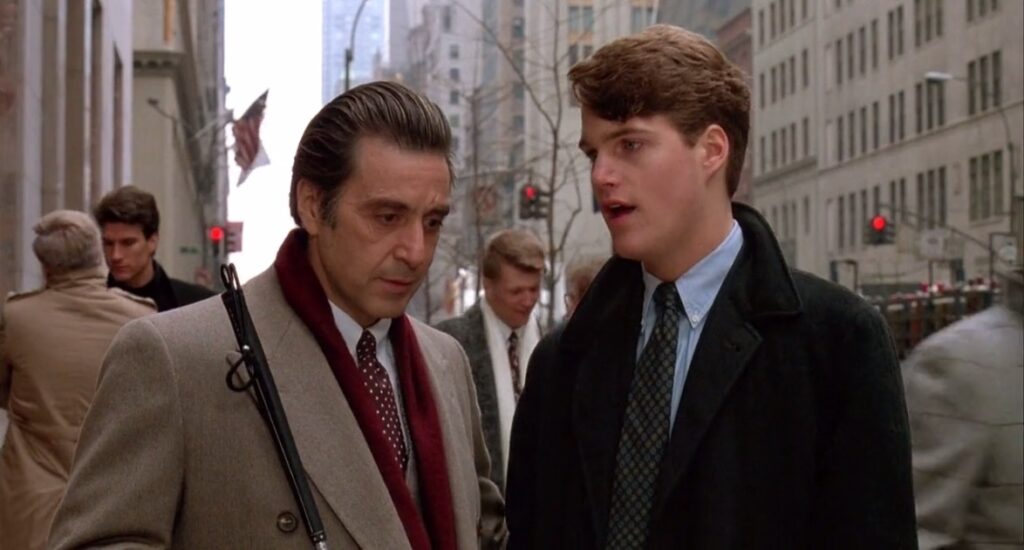
Batman Returns (1992): A Darker Dive into Gotham’s Psyche- Review

When Tim Burton’s “Batman” graced screens in 1989, it forever altered the perception of superhero films, steering them into more mature territory. Yet, with 1992’s “Batman Returns,” Burton and his ensemble took a much bolder, more idiosyncratic step into the dark, crafting a movie that is as much a gothic fairy tale as it is a comic book epic.
A Triad of Troubled Souls
At the heart of “Batman Returns” lies a trinity of tragically flawed characters: Batman (Michael Keaton), Catwoman (Michelle Pfeiffer), and The Penguin (Danny DeVito). The narrative does not merely pit hero against villain but delves deeply into the psyches of these three, exploring themes of duality, identity, and societal rejection.
Keaton’s Batman/Bruce Wayne continues his internal struggle, grappling with the dichotomy of his vigilante persona and the billionaire playboy. However, it’s Pfeiffer’s Catwoman that stands out prominently. Selina Kyle’s transformation into Catwoman, following a near-death experience, is both traumatic and empowering. Her dual character, shifting between vulnerability and fierce independence, resonates deeply, making her one of the film’s most captivating elements. Danny DeVito’s Penguin, born deformed and discarded by his wealthy parents, seeks acceptance and vengeance in equal measure. His is a tale of abandonment, societal judgment, and an intense longing for recognition.
Gothic Overtones and Burton’s Signature
If “Batman” introduced audiences to a darker Gotham, “Batman Returns” plunged them into an almost operatic level of gothic grandeur. The city is blanketed in snow, but beneath its pristine surface lies corruption and decay. Burton’s love for German expressionism shines through, with Gotham resembling something out of a Fritz Lang film, full of towering statues, foreboding architecture, and a sense of overwhelming desolation.
Behind the Curtains
The production of “Batman Returns” was marked by a higher degree of creative control granted to Burton. With the massive success of the first film, Warner Bros. allowed Burton more freedom, and this is evident in the film’s tone, aesthetics, and character development.
The costumes, particularly Catwoman’s stitched leather suit, are a testament to the film’s focus on duality and fragmentation. It’s both sleek and scarred, mirroring Selina’s transformation. The design of The Penguin, with his grotesque appearance and black bile, was a departure from the comic’s more rotund, tuxedo-wearing mobster. This choice, though controversial among some fans, added layers of tragedy and horror to the character.
While Keaton and DeVito delivered stellar performances, Michelle Pfeiffer’s commitment to her role was unparalleled. She trained extensively with a whip and even performed many of her stunts, adding a tangible authenticity to her portrayal of Catwoman.
The film’s score, composed by Danny Elfman, is hauntingly beautiful, capturing the melancholy and menace of Burton’s Gotham. It enhances the film’s emotional beats, providing an auditory experience as rich and layered as its visuals.
A Polarized Reception
Upon its release, “Batman Returns” garnered a mixed response. While some lauded its deeper dive into character psychologies and its distinct visual flair, others found it too dark, especially for younger audiences. However, as time has passed, many have come to appreciate its uniqueness, recognizing it as a film that dared to be different.
In the tapestry of Batman films, “Batman Returns” holds a special place. It’s unapologetically bold, merging comic book lore with Burton’s gothic sensibilities. More than a mere sequel, it stands as a testament to the creative possibilities when filmmakers are given the freedom to reimagine and redefine iconic characters.




